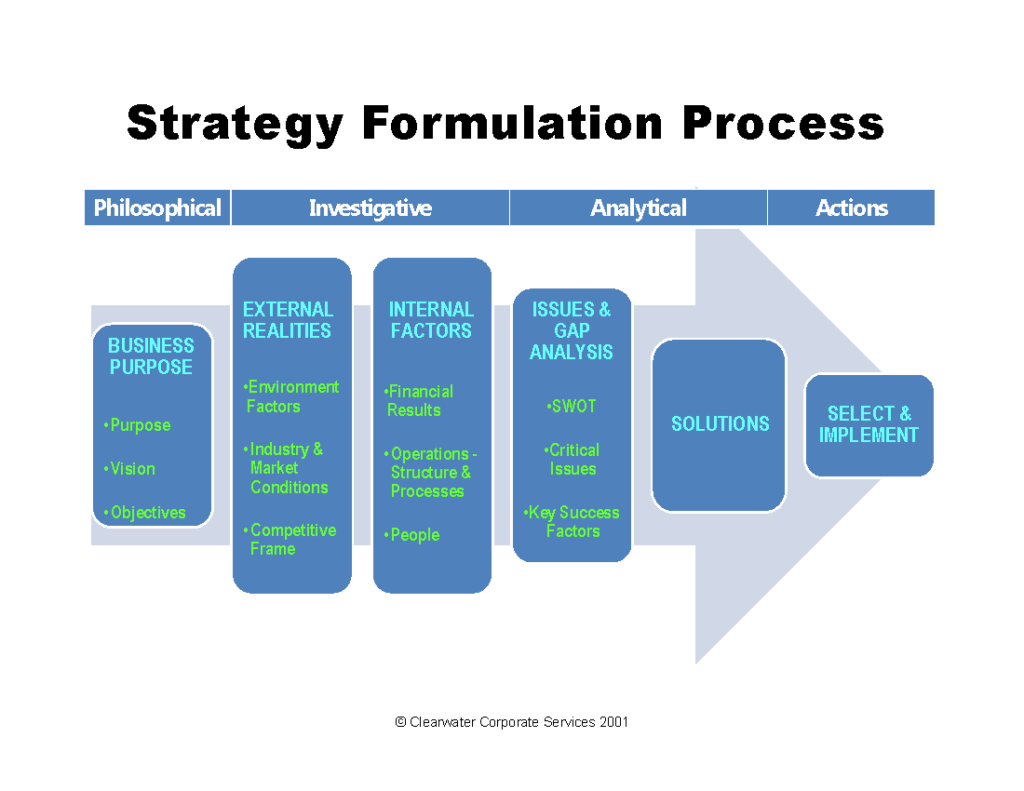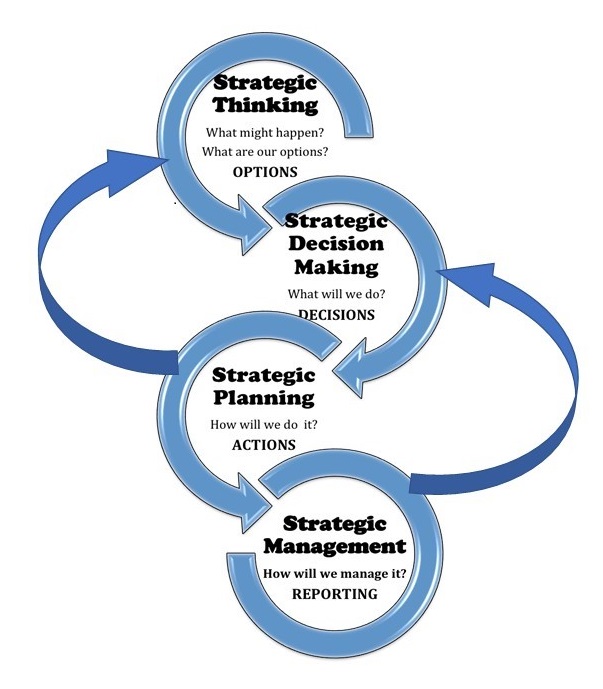Fantastic Business Opportunities During Recession Will Make You Rich
Introduction
Any recession brings with it heartache and misery, we’ve been through it many times before. But for those with foresight, strong management discipline, and dare I say, “balls”, there are always business opportunities during a recession that can provide decades of wealth to follow.
The smart prosper and get rich in times of recession. The money may not turn up for a few years, but it is an incredible opportunity to build the foundations of future wealth.
OK, so this seems to be going in the face of all the doom and gloom that is common, but isn’t that just the point? If you do the same thing as everyone else, you’ll get the same results as everyone else.

If you want to break above the pack – you need to be brave, adventurous, opportunistic, and disciplined. Keep the long term in sight and don’t be blind-sided by short-term problems – even if they do appear to be very deep and likely to be prolonged.
Here are some guiding thoughts to keep you focussed and positive.
The Fan is Now Covered in the Proverbial

Well, as of early March it’s officially here – pandemic and pandemonium! It is inevitable that the world will now experience a recession – possibly a really bad one.
The only question now is how deep and how long?
Naturally, you’re concerned about staying at home for extended periods of self-isolation with the associated social impacts. That’s taking up most of the press and social media space these days.
But what about my business you ask? Can I survive? How will we cope? Will we get to the bridge to the other side? Or even if we make it to the bridge, will be able to cross?
The reality is that not everyone will. Large numbers of businesses will go bust and never reappear. Whole industries will be devastated. These are irrefutable facts.
But if you have a strong business, and are prepared, this is an incredible opportunity. If you keep the long game in sight, there are fantastic opportunities that will make you rich. This can provide the foundation for decades of future wealth.
Fundamental Recessionary Truths

Firstly, we need to get your eyes out of your ar** or the sand and get focussed on the opportunity.
Let’s look first at what we know from previous downturns and recessions. Yes, we’ve been there before, so looking backward helps to give us some much-needed perspective.
The weakest businesses will inevitably go broke, and business failures will then move up the chain to the stronger.
But why do they go broke?
The first impact of recessionary times is that spending dries up. When the media is full of bad news, it is natural for people to panic and start developing a siege mentality. Note the hoarding of essential supplies like toilet paper and canned food.
Cash is guarded and simply doesn’t move through the economy anymore.
It’s normal in recessionary times for unemployment and insolvency to increase faster than the drop in demand!
Cash flow is the number one cause of business failures. It begins to look very different as payments are delayed and collections slow. Cash flow cycles can double, and firms with weaker margins struggle to maintain their finances and eventually go broke.
For every firm that goes under, its customer base is forced to find a new supplier. So the survivors get more business!

But this is not an evenly spread reallocation! Some do not have the strength to seize the opportunity.
At the deepest part of the recession, you find many firms that are treading water, they are like rabbits in the spotlight – they give up and just wait for the inevitable, or limp through to the other end.
If 20% of the weakest competitors have gone broke, the remaining 80% that are left now have more work than they had at the start in the good times before the recession, and are ready to benefit from the recovery.
The panic subsides; the talking heads wake up and the now record profits being earned by the survivors begin the start of the next boom.
Industry Lessons From the Past
Whether caused by an epidemic, pandemic, or financial crisis, only one recession in modern recorded history has lasted long. The Great Depression lasted several years, but almost every other recession in the developed world was over within 6-9 months.
The global effort being thrown at COVID-19 is phenomenal – from trillions of funding support for business, employees, infrastructure and the like. As well as the concerted effort of the world’s pharmaceutical companies to find a vaccine and improved testing regimes.
When we come out, it is likely to be with a bang, but also most likely in a two-speed economy, as we recover from the psychological shock of the pandemic.
Wealth Building Secrets
There are four ways in which stronger companies in each industry can gain during a recession:
- Increased market share gained by picking up sales from weaker competitors that no longer exist;
- Increased margins as with fewer competitors, customers, and clients have fewer options. This is even more valuable than increased sales;
- Ability to recruit the best personnel – top quality staff that had been working for weaker competitors. This is an opportunity to build knowledge and skill base at a rapid rate; and
- Acquisition of weaker competitors at bargain prices – giving a jump-start on customers, capacity, supply lines, and market reach.
Cash is King

Cash is important for two reasons. To protect your business, and to be in the best position to take advantage of the business opportunities that present themselves during a recession.
Manage your cash. Make sure you owe little or no bank debt and that you treat cash as more precious than your competitors. Wherever possible, reduce or eliminate your debt.
Replace fixed costs with variable costs to give better pricing and margin flexibility.
Reign in your Accounts Receivable – don’t be slack in collecting debts. Remember credit is a privilege, not a right. It might be too late in the cycle by now, but try to maintain a war chest – have funds available to take advantage of opportunities as they arise – liquidation auctions for equipment as an example.
This will immediately elevate you up the chain of strength in your industry and put your competitors at more risk.
As you experience an increase in demand following competitor failures, it will mean increased spending on raw materials, funding accounts receivables, and the like. Get good at forecasting or the expansion might overwhelm you.
Expand your borrowing capacity with a line of credit. Generally, you want to reduce your gearing (debt to equity), but having access to cash gives you the ability to take advantage of new opportunities as they arise. And they will!
Decisive Action Steps

There are several opportunities for growth during a recession. We have touched on some of them. Here is a list of specific actions you can take to become a stronger player in your industry.
Build on Your Advantages
Continually develop and maintain your competitive advantage. Understand why customers select you and reinforce these strengths, highlight them against weaker competitors.
Target Weaker Competitors
Watch to see which competitors are struggling and actively target their customers. Help to drive them out, so you can take over their customers, or make an offer to acquire the business at a bargain-basement price.
Actively seek to greedily take advantage of your competitors in a downturn in your sector.
Get the Best People
As your weaker competitors struggle, start poaching their best people with promises of better job security (and/or conditions).
Also, improve your benefits and pay structure to keep your current employees happy even when other companies aren’t doing as well
Acquire Suitable Competitors

Look for opportunities to buy out your weaker competitors once you identify any prospects worth buying, rather than simply leaving them to close down and stop competing.
This will give you a larger customer base, increased economies in purchasing, advertising and marketing, administration and overhead, production capacity, and so on.
The Return on Investment from such acquisitions can be terrific, especially at a time of such low interest rates.
Increase Margins
Lastly, use the reduced competition that comes with a recession to increase your margins so that your business becomes increasingly stronger as the recession continues.
If you have successfully built and defended your competitive advantage, use it to increase margins: only this will ensure you’re the strongest player in your industry.
Diversify your Customer Base

Market downturns are a good time to expand your market spread. Increase your market share and broaden your focus to include existing and new customers that will be strong during a recession. Be strategic and make the short-term investments required to attract them, which may include volume or length of contract-based discounts or specific promotions. Get creative.
Maintain a Winning Psychology
Be brave. Develop a positive, winning attitude rather than being caught up in the doom and gloom that pervades society and business circles in these times.
Be opportunistic and keep an eye open for possibilities. Look at this as a once-in-a-lifetime chance – the business opportunities during a recession can be leveraged to build long term wealth creation. Wealth that will last for decades.




